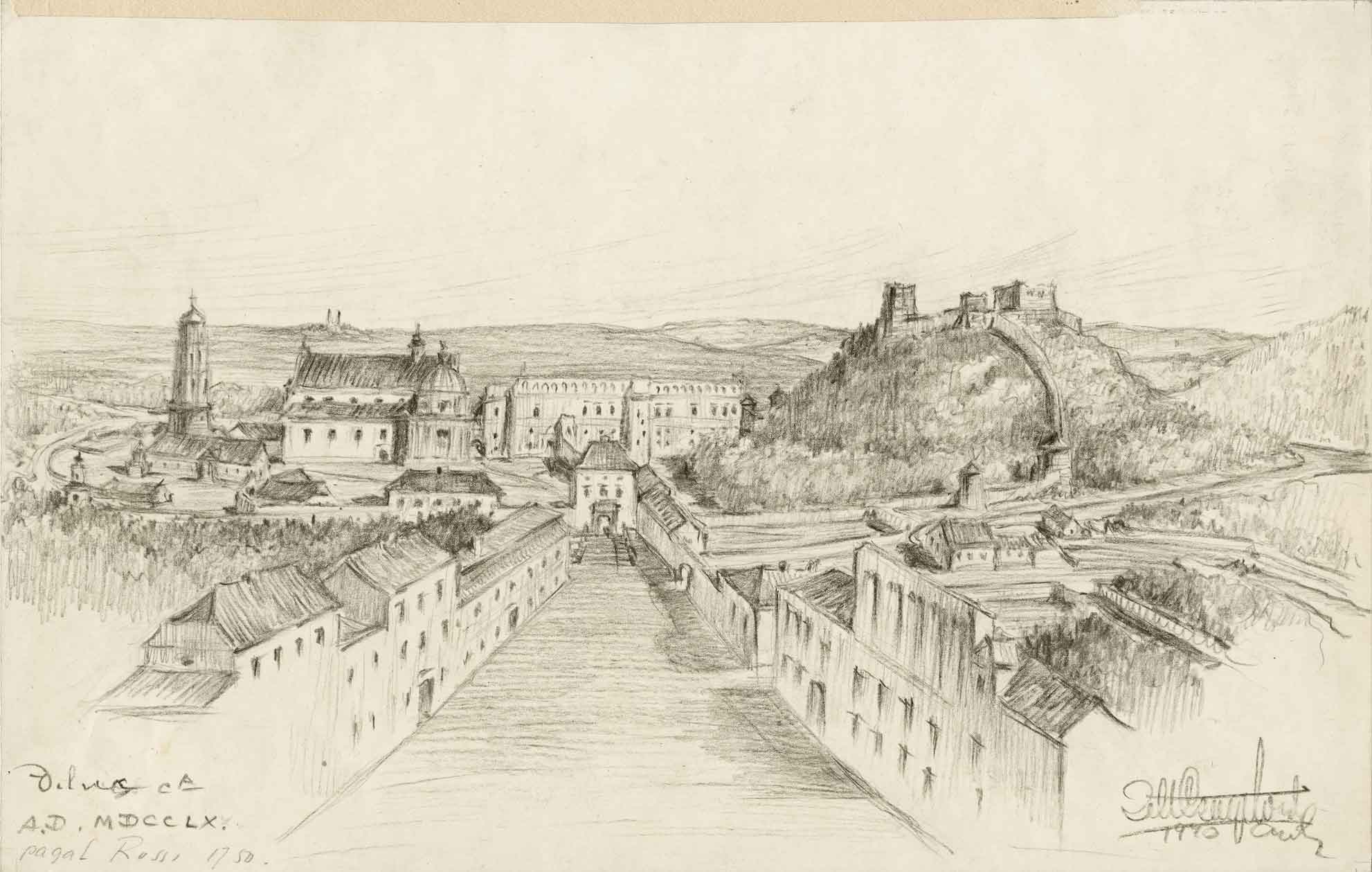Pilies Street

Imagine that a long time ago Vilnius had only one cobbled street. It ran from the Lower Castle to the Town Hall and had no name. However, this city artery was named Pilies Street in the 16th century. It was used by city dwellers and served as a place for markets or church processions, while royal carriages and foreign envoys travelled down this road to the castle. The first wooden houses were soon replaced by masonry buildings, various arches and labyrinths of narrow courtyards. Over a period of 700 years, the street changed, so you can see buildings from different historical periods on it, though its spirit has remained unchanged. When walking down this road you will find the strangest corners, original staircase and, certainly, numerous stories.
Some people guess that one of the oldest surviving buildings was constructed in the 16th century by Mikalojus Radvila. It is building number 10 on Pilies Street, where prominent Lithuanian politicians, clergymen and cultural representatives lived. Stop to enjoy the gothic building at Pilies g. 12. The Building of Chapter (Pilies g. 8) was one of the most luxurious on the street for a long time. In one of its courtyards, the first botanical garden of Vilnius University was planted, and the House of the Signatories is the place where the Declaration of Independence of Lithuania was signed on 16 February 1918.
The 14th century: grey and legendary Vilnius
- Monument to Gediminas
- Catacombs Beneath the Cathedral
- Catacombs of the Palace of Grand Dukes of Lithuania
- Bishops’ Palace
- Pilies Street
- The Church of Saint Paraskeva and the Altar of Ragutis
- Medeinė
- St. Nicolas’ Church
- Site of the 14th Century Mounds
- Church of the Holy Spirit
- The Cathedral of the Theotokos in Vilnius
- The Crooked Castle and the Hill of Three Crosses
- Verkiai
